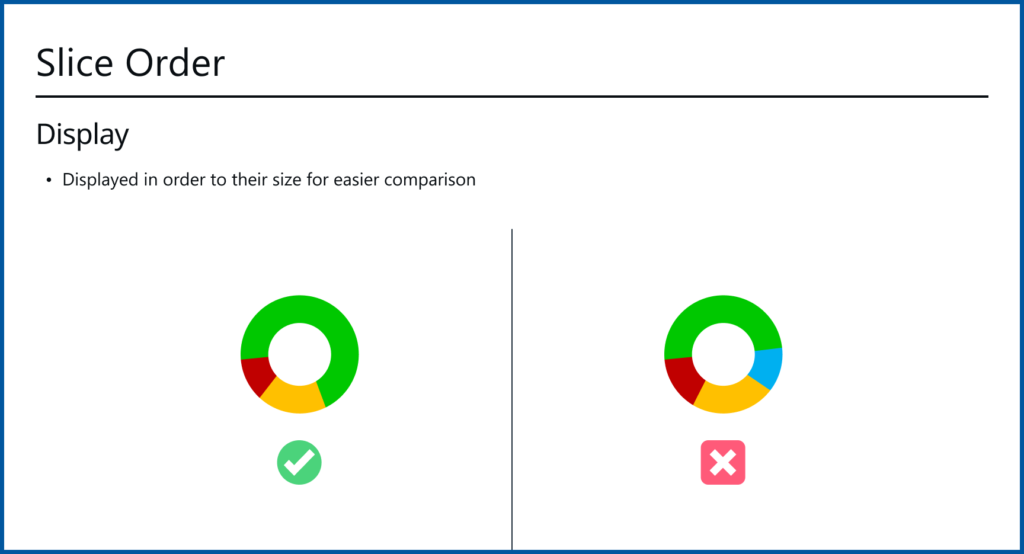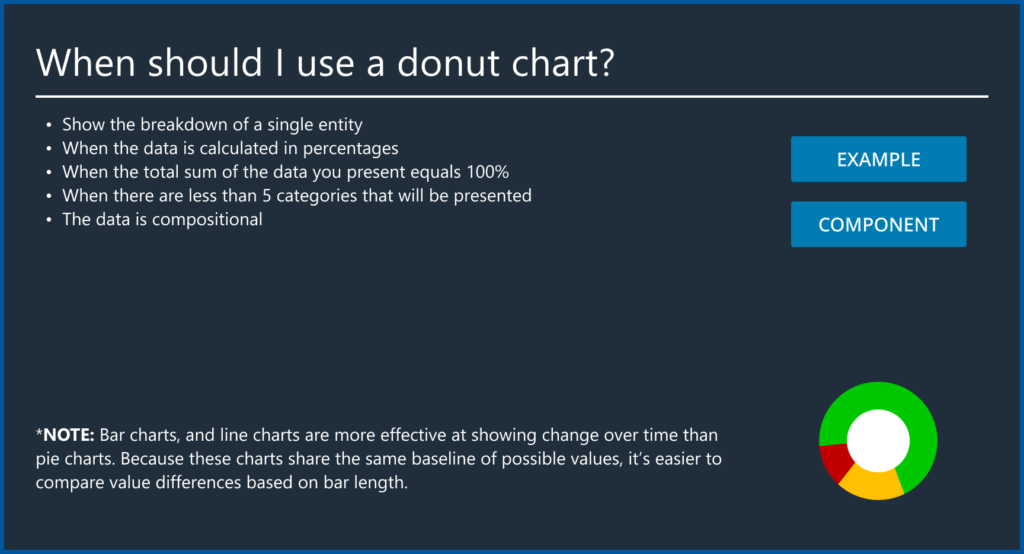My Role: Lead UX Designer, Process Development
Users: Portfolio Designers and Developers
Project Summary: Created a style guide to standardize the use of Power BI charts, ensuring consistent application across data displays for both end users and the design and development teams.





